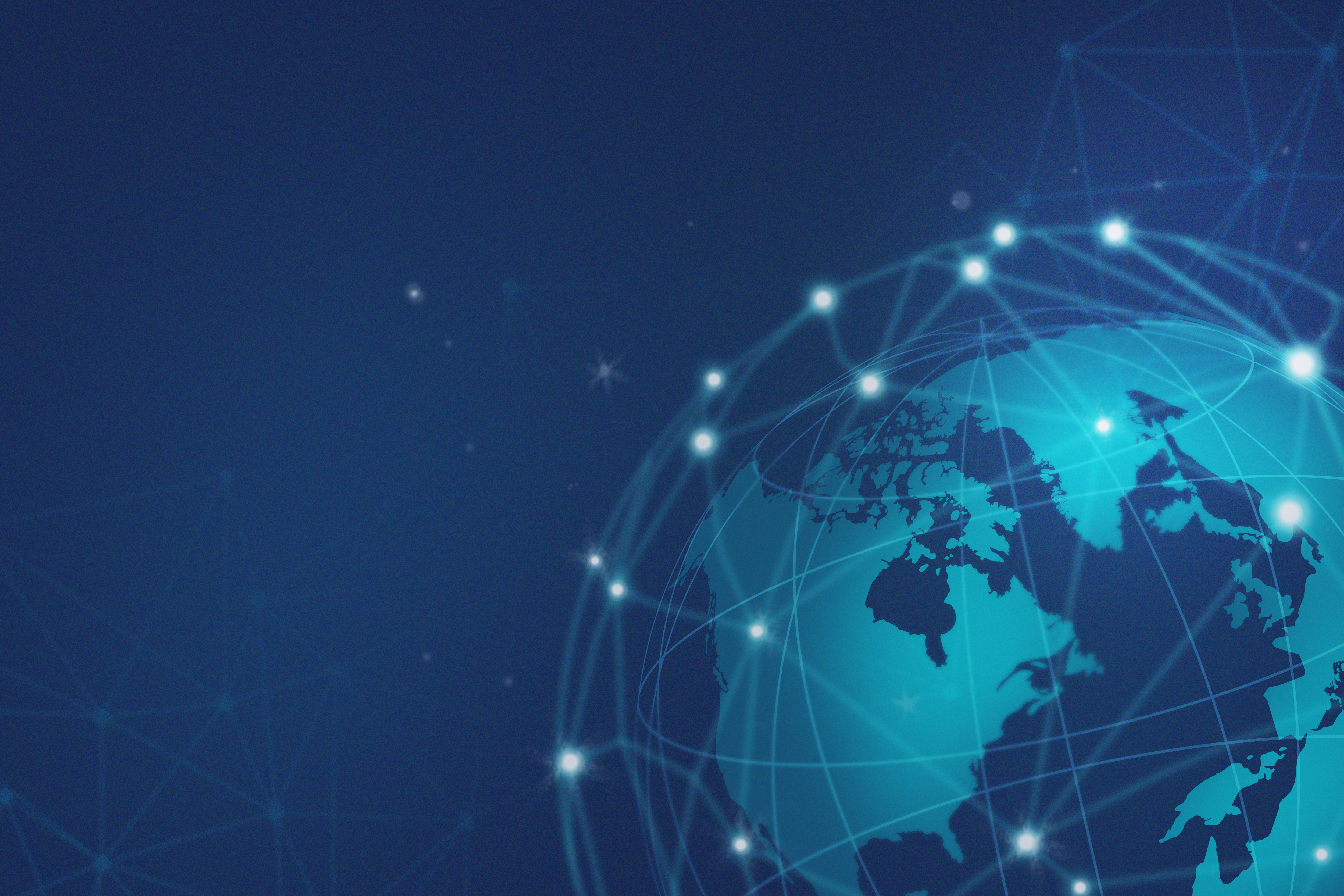Text by Eric Manook Sarkisian
Social movements are quite an old phenomenon and have been omnipresent throughout modern and contemporary times. Nowadays, with the rise of the internet and social media, the morphology of social movements has also changed over time. Their emergency significantly reshaped the organization, practice and even the control of social movements to a great extent. Since the Arab Spring in 2010, the new social media such as Facebook, Twitter and Instagram has become a major factor in the quick, efficient and informal transfer of news to the farthest spots in the world. Their role in distributing news about revolutions and social movements has challenged the formal means of broadcasting and influenced the public sphere quite intensely. The recent demonstrations of November 2019 in Iran represented the intersection of social media and social movements.
On the 15th of November 2019, the Iranian government announced an increase in fuel prices up to 300 per cent. The increase was justified in state media as a means to help the government fund subsidies. According to the New York Times, an announcement carried on state-run television described the changes as a way to help “fund subsidies for about 60 million Iranians, or around three-quarters of the population”. However, the sudden rise in prices added with an estimated inflation rate at 40 per cent got the government worried about a possible e a backlash f. Indeed, this event and other dissatisfactions towards the state sparked several protests around the country, which were severely repressed by the military forces. Philip Luther, writing for Amnesty International, said that “Iran’s authorities are carrying out a vicious crackdown following the outbreak of nationwide protests on 15 November, arresting thousands of protesters as well as journalists, human rights defenders and students to stop them from speaking out about Iran’s ruthless repression”.
Besides the military crackdown, the government also started to disconnect the internet network of the country from the rest of the world, beginning with cell phones’ data and then home networks. The objective was to block the violence news going on in the country to foreign countries, media and humanitarian organizations. “Nearly a week after Iran imposed a near-total Internet and mobile data blackout amid protests over a rise in gas prices, its connectivity to the rest of the world remains limited and reflects what researchers and activists claim, disputed by Iran, is a “tool of repression” used by regimes from Ethiopia to Venezuela. But the shutdown in Iran, which began Nov. 17 and remains below 20% of normal levels, according to NetBlocks, a firm that tracks cybersecurity, has not only allowed officials in Tehran to exert control over information about the unrest”, stated Hjelmgaard 2019 for USAToday.
During the protests, the government started to shut the internet to prevent the flow of information and news both within the country and abroad. This was an action which had been already taken in other former demonstrations. This action by itself pronounced the importance of the internet as a medium to transfer information. This strategy is usually used in various countries which are struggling with a social or political issue to slow down the circulation of information. He added that “Ethiopia has been intermittently shutting down Internet access since a failed coup in June. Venezuela periodically blocks access to Twitter, YouTube, Facebook and other services that require Internet or mobile data access as part of an effort to stymie political opposition and prevent the efficacy of mass protests. India shut off Kashmir’s Internet access more than three months ago amid political upheaval”.
The significance of the shutdown is even more tangible when nowadays. Whilst everyone has access to personal cell phones and social media, it becomes easier for them to act as independent nodes in the vast network of global news. The transfer of information, particularly news, in this case, becomes multidirectional and more democratic, thus to some extent breaks the dominance of state apparatus who mainly represent the interests of the state and not necessarily the interests of people.
This event seems to have democratized the flow of news and a wider variety of interests are now represented in the public sphere. It made it easier for people to circumvent the particular agenda that formal media has and to some extent neutralize the goalkeeping tactics that are exerted by state media.
Last but not least, is the question of internet shutdown as a strategy exerted by governments. Is it worth doing so? It is not a question to be answered easily but here are some figures and statistics. According to NetBlocks’s online costs estimate tool, a non-governmental organization to monitor cybersecurity, the hourly and daily expenses of the blackout can be respectively about 2.5 and 61 million USDs (https://netblocks.org/cost/).





